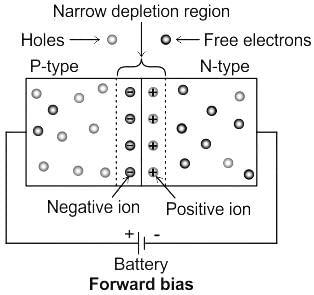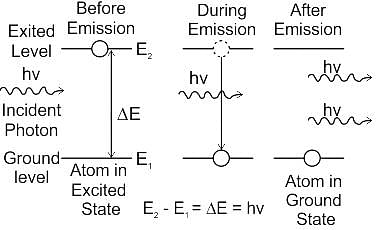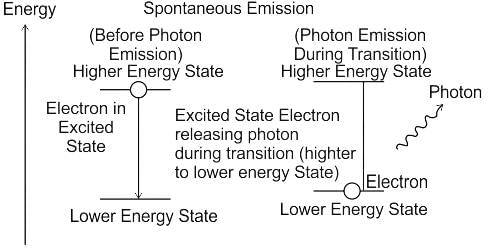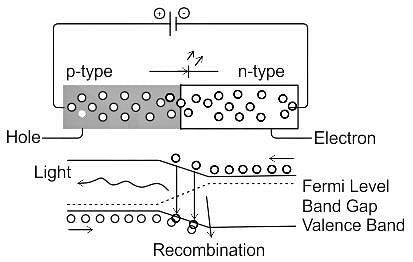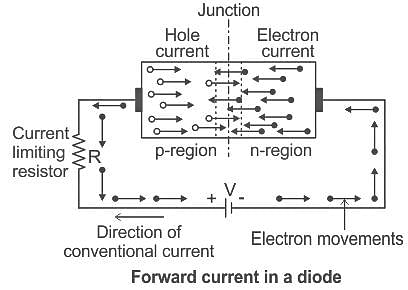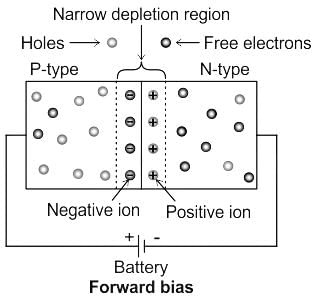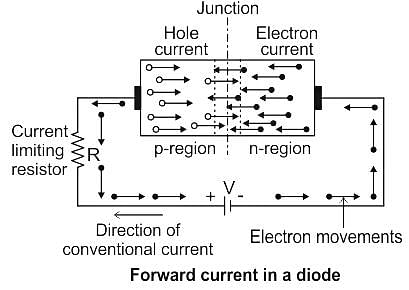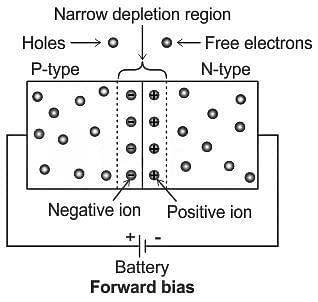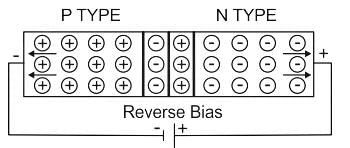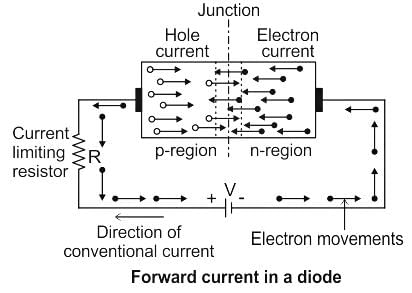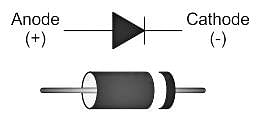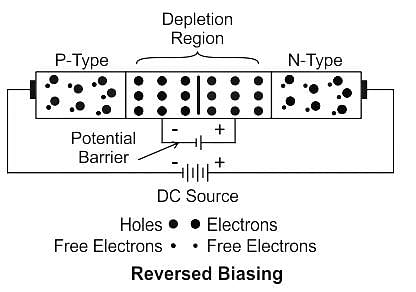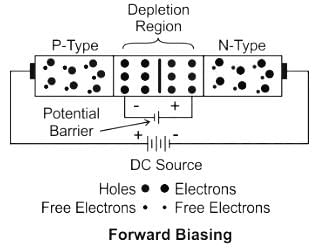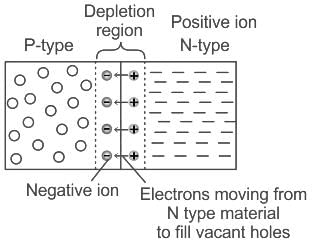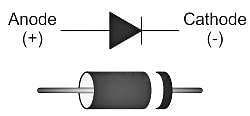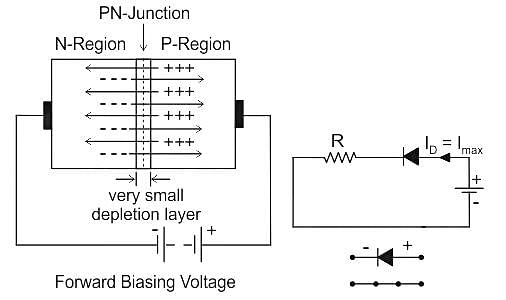Test: The PN - Junction - Electronics and Communication Engineering (ECE) MCQ
20 Questions MCQ Test GATE ECE (Electronics) Mock Test Series 2025 - Test: The PN - Junction
A light emitting p-n junction can also be made to emit _________ and thus can serve as a laser.
The reason of current flow in p-n junction in forward bias is:
In a p-n junction diode, change in temperature due to heating
In a p-n junction diode, change in temperature due to heating
When a forward bias is applied to a p-n junction diode, then :
What is the cause of formation of depletion layer at a p-n junction?
In forward bias, the width of potential barrier in a P-N junction diodIn forward bias, the width of potential barrier in a P-N junction diodee
The increase in the width of the depletion region in a p-n junction diode is due to :
Which of the following formula represents the correct formula for width of the depletion region?
What is the maximum electric field when Vbi=2V , VR=5V and width of the semiconductor is 7cm?
What will be the output of the following circuit? (Assume 0.7V drop across the diode)
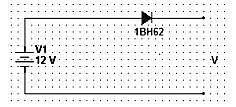
If the positive terminal of the battery is connected to the anode of the diode, then it is known as
|
25 docs|263 tests
|


